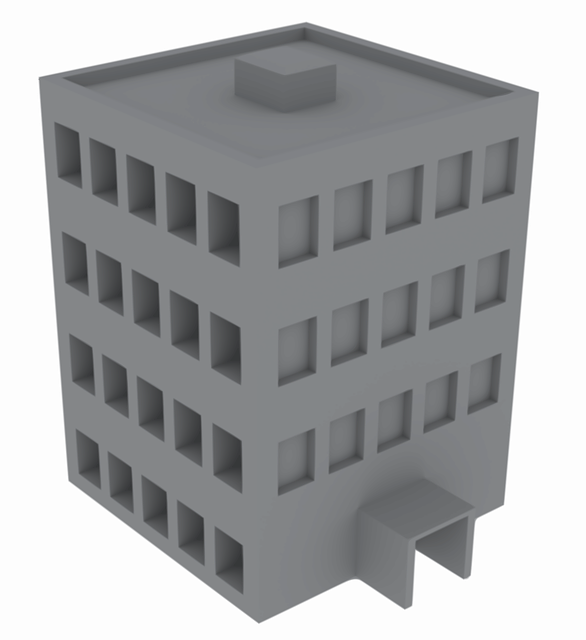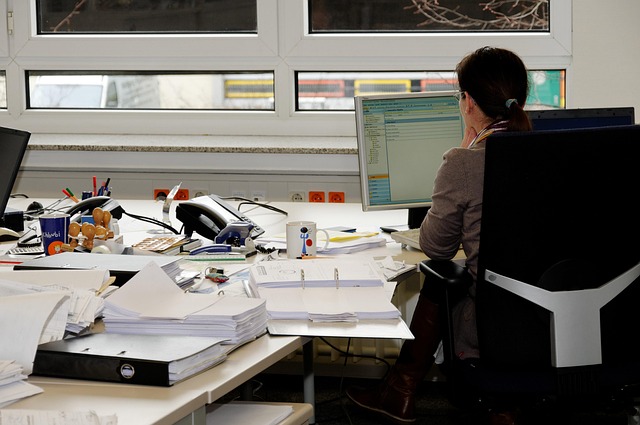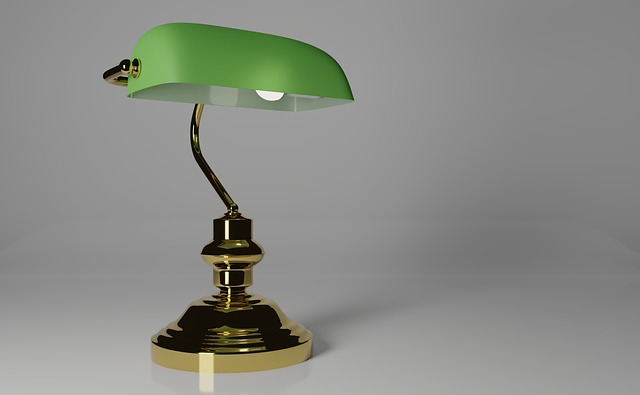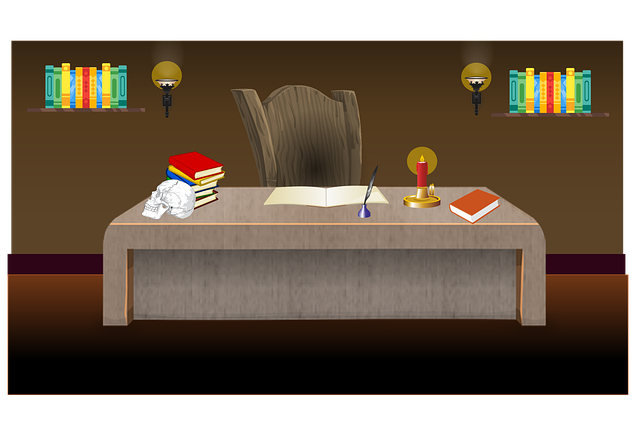Tenants today demand real estate that aligns with their modern digital lifestyles, prompting landlords and developers to integrate advanced tech amenities like fiber-optic networks, smart building technologies, and robust internet connectivity. This shift reflects the rise of remote work and a commitment to sustainable, future-proof urban landscapes. By offering innovations like mobile apps, keyless entry, and voice assistants, along with vibrant communal spaces, real estate developers are creating dynamic communities that cater to tech-savvy tenants, boosting occupancy rates.
In today’s digital age, tenants are increasingly seeking modern, tech-friendly environments that enhance productivity and cater to their connected lifestyles. This shift has significantly influenced real estate trends, driving the creation of spaces designed around cutting-edge technology. Understanding these evolving preferences and aligning them with real estate strategies is crucial for attracting and retaining a diverse range of occupants. By exploring trends and best practices, this article delves into how to design and create engaging tech-friendly environments that meet the demands of contemporary tenants.
Understanding the Modern Tech-Friendly Tenant

In today’s digital era, tenants are increasingly seeking real estate that aligns with their modern lifestyle and tech-driven needs. This shift is evident among a new generation of residents who prioritize access to cutting-edge amenities and infrastructure. For landlords and property managers, understanding this evolving demand is crucial. Tech-friendly tenants expect seamless connectivity, advanced smart home systems, and digital solutions for everyday tasks, from temperature control to security and communication.
Accommodating these expectations requires a strategic approach in real estate development and management. This involves integrating fiber-optic networks, implementing smart building technologies, and providing robust internet connectivity throughout the property. Additionally, offering mobile applications for tenant services, keyless entry systems, and voice-activated assistants can significantly enhance the appeal of a property to this tech-savvy demographic.
Real Estate Trends Shaping Tech-Centric Spaces

In recent years, real estate trends have been reshaped by a growing demand for modern, tech-friendly environments among tenants. The rise of remote work and digital lifestyles has prompted landlords and developers to incorporate advanced amenities and smart technology into their properties. This shift is evident in the construction of new buildings designed with robust Wi-Fi connectivity, automated security systems, and integrated home automation features that cater to tech-savvy residents.
Additionally, sustainable building practices have gained prominence, driving real estate innovations. Green spaces, solar panels, and energy-efficient appliances are now standard offerings in many tech-centric developments. These trends reflect a conscious effort to create living and working spaces that not only meet the current needs of tenants but also anticipate future technological advancements, ensuring a dynamic and forward-thinking urban landscape.
Creating Engaging Tech-Friendly Environments

In today’s digital era, tenants are increasingly seeking modern, tech-friendly environments that cater to their connected lifestyles. Real estate developers and landlords are responding with innovative designs that incorporate cutting-edge technology, such as smart home systems, high-speed internet connectivity, and integrated communication hubs. These features not only enhance convenience but also foster a sense of community among residents, creating an engaging atmosphere that appeals to tech-savvy individuals.
To create truly captivating tech-friendly environments, real estate professionals must focus on seamless technology integration and user-centric design. This involves optimizing space for collaborative work and social interactions, as well as ensuring accessibility and reliability of tech infrastructure. By balancing aesthetics with functionality, they can build vibrant, bustling communities where tenants feel inspired and connected, ultimately driving interest and occupancy rates in the market.






